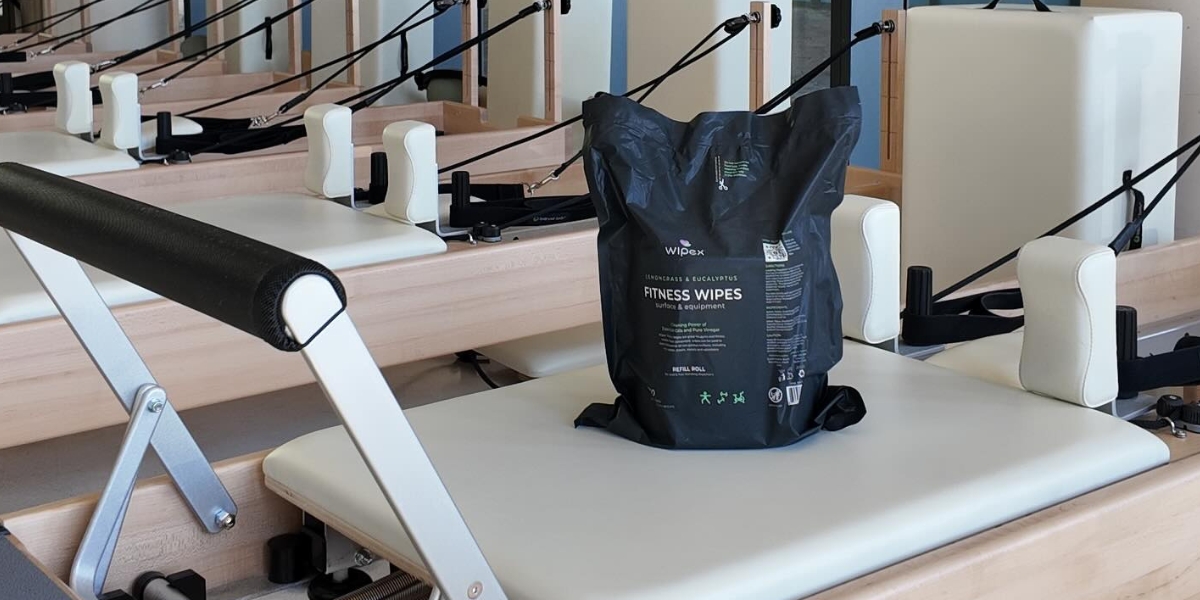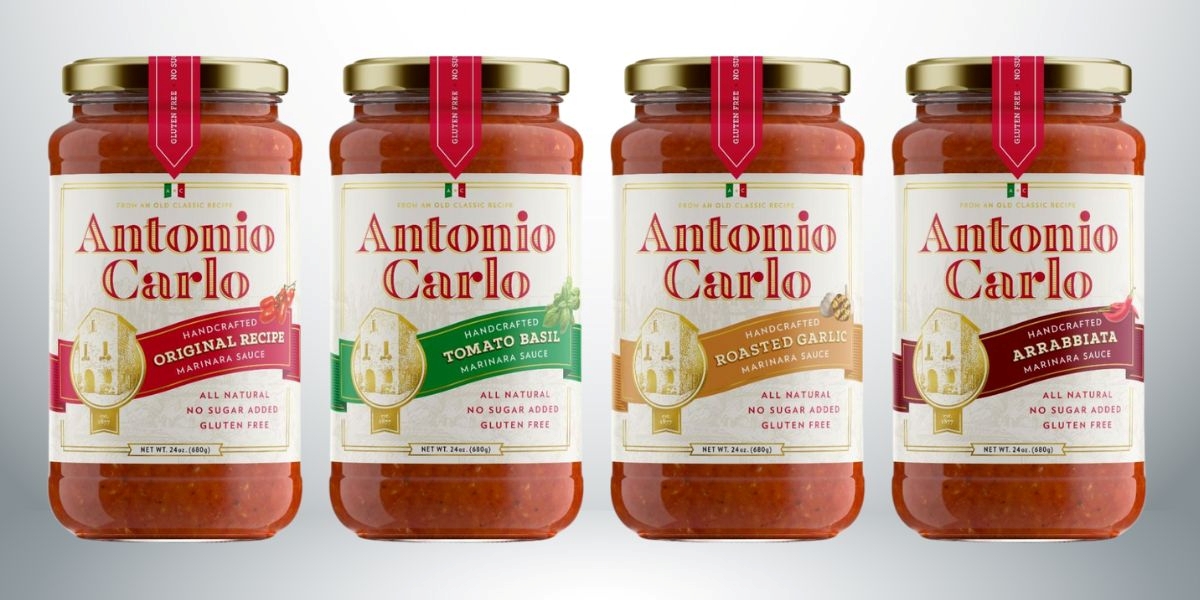Eco Friendly Gym Wipes Elevate Cleanliness And Client Experience
By: Jordan Avery
Elevating health and hygiene in the modern gym is about more than just spotless equipment—it’s about creating an environment that aligns with clients’ growing values for sustainability and aesthetics. As fitness centers, boutique studios, and wellness facilities redefine what it means to deliver an exceptional member experience, the little details, like how and with what staff and clients clean their equipment, make all the difference. That’s why Wipex, with its Natural Fitness Equipment Wipes and expertly designed dispensers, has become the hygiene choice of forward-thinking facility operators determined to lead by example in both cleanliness and sustainability.
Walking into any high-end fitness club or Lagree studio today, one immediately feels the growing emphasis on well-being—for both people and planet. The expectation is no longer just about state-of-the-art machines or curated playlists, but also about safety, cleanliness, and environmental responsibility, visible in every detail. Wipex answers this expectation with a line of biodegradable wipes that blend effortless cleaning performance with eco-friendly materials.
Wipex sets itself apart beginning at the most critical touchpoint: the cleaning wipe itself. Their bulk rolls, made entirely from plant-based viscose cloth, break down naturally after use—addressing intensifying demand for solutions that reduce plastic waste, a pain point for busy gyms and wellness centers. Infused with white vinegar and fragrant essential oils like lavender, these wipes effectively combat sweat, bacteria, and dirt while remaining non-abrasive and safe for sensitive surfaces, from rubber grips to cork yoga mats. Operators quickly notice their equipment retains its integrity, and members appreciate the gentle aroma and skin-safe formulation, a clear draw for discerning clientele.
Feedback from across the industry paints a consistent picture of trust and satisfaction. Facility owners note not only the superior cleaning ability but also the immediate ambiance upgrade. Clients recognize and value the difference, often citing the clean scent and absence of harsh chemical residues. These details are subtle but powerful contributors to member retention, with an eco-conscious approach becoming a legitimate differentiator in an increasingly competitive market.
The visual language of cleanliness matters just as much as its execution. Wipex’s stainless steel dispensers, both floor-standing and wall-mounted, are tailored to complement sophisticated studio interiors. The floor model’s powder-coated finish resists fingerprints and maintains a sleek look even in high-traffic zones. Functionality is equally prioritized: a large waste bin, compatibility with various roll sizes, and a silicone dispensing port enable easy wipe retrieval and reduced material waste. For club owners, this means fewer interruptions for restocking and a streamlined workflow that supports staff efficiency.
Boutique facilities with premium design sensibilities will appreciate the wall-mounted dispenser, available in a contemporary matte black finish. Its compact build saves valuable floor space without sacrificing visual appeal. Both types of dispensers are designed to work with not only Wipex refills but also most leading bulk wipes, providing health clubs with peace of mind in the event of supply chain disruptions. This operational flexibility is essential for businesses that intend to maintain a consistent standard, regardless of external variables.
Not all spaces require full-scale dispensers. For mobile applications or smaller rooms, Wipex offers canisters packed with the same biodegradable, natural-fiber wipes infused with essential oils. Easy to place in personal training corners, yoga lounges, or by spin bikes, these canisters keep hygiene front and center without fuss. The 75-wipe format promotes regular and convenient use, supporting both trainers and clients in maintaining a sanitized environment with minimal effort.
A defining strength of Wipex’s system is the operational advantage granted by bulk refills and thoughtfully engineered dispensers. Fewer refills per day free up staff, allowing them to prioritize member support over routine maintenance. For studio owners, a streamlined hygiene process translates directly into a more inviting and professional atmosphere, while ingraining sustainability as a core brand value.
Choosing Wipex reflects an attention to cleanliness that extends beyond mere appearances. Their focus on natural ingredients—eschewing harsh chemicals in favor of vinegar and essential oils—reinforces the values of health and wellness that attract and retain the modern member. An increasing number of gym-goers are making choices based on a facility’s environmental footprint, and the seamless integration of plant-based wipes and recycled dispensers is proof that a business walks the talk on sustainability.
The design story extends beyond just visual aesthetics. The materials in Wipex’s Premium Matte Floor Dispensers, such as recycled plastics in their XL buckets, and the compostable nature of the wipes themselves, demonstrate that convenience and eco-responsibility can go hand in hand. This combination reassures club owners and their clientele that style and sustainability are no longer mutually exclusive.
In a climate where first impressions and ongoing operational excellence define a facility’s success, Wipex emerges as an indispensable partner in hygiene and cleanliness. The routine act of cleaning equipment, when powered by biodegradable wipes and sleek dispensers, becomes a branding opportunity—one that attracts eco-aware members and reflects the evolving priorities of the fitness sector. Operators using such systems consistently report greater member satisfaction and a tangible elevation in their brand’s credibility.
For gyms, studios, and health-focused businesses ready to lead on sustainability while delivering peak cleanliness, Wipex offers a seamless, flexible, and future-proof solution. Their products fit organically into the modern facility, addressing the needs and expectations of a new generation of wellness seekers. As the wellness industry continues to evolve, brands that combine performance, beauty, and environmental responsibility—rather than treating them as separate goals—are destined to stand apart.
Wipex represents a higher level of hygiene, reflecting the needs and preferences of modern clients. For smart facility owners, this partnership delivers not only a cleaner space but also an enduring, eco-friendly identity that resonates far beyond the gym floor.





